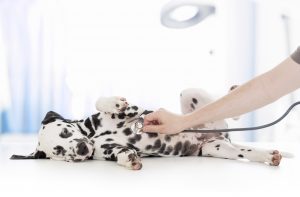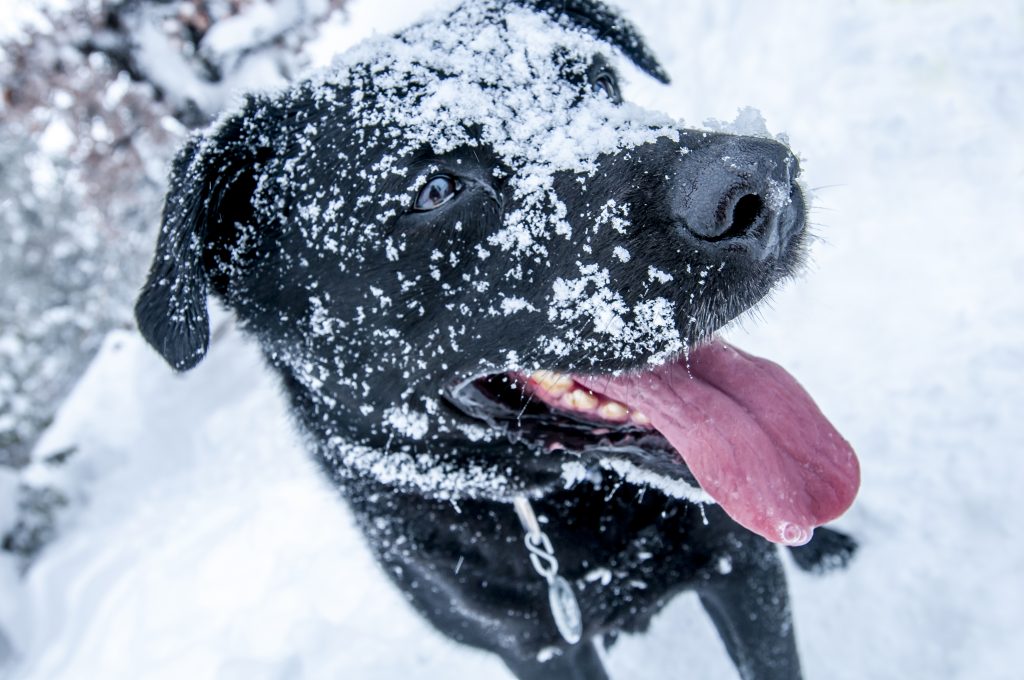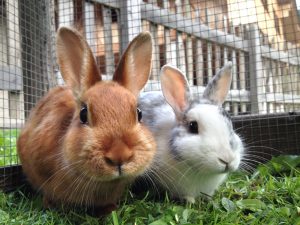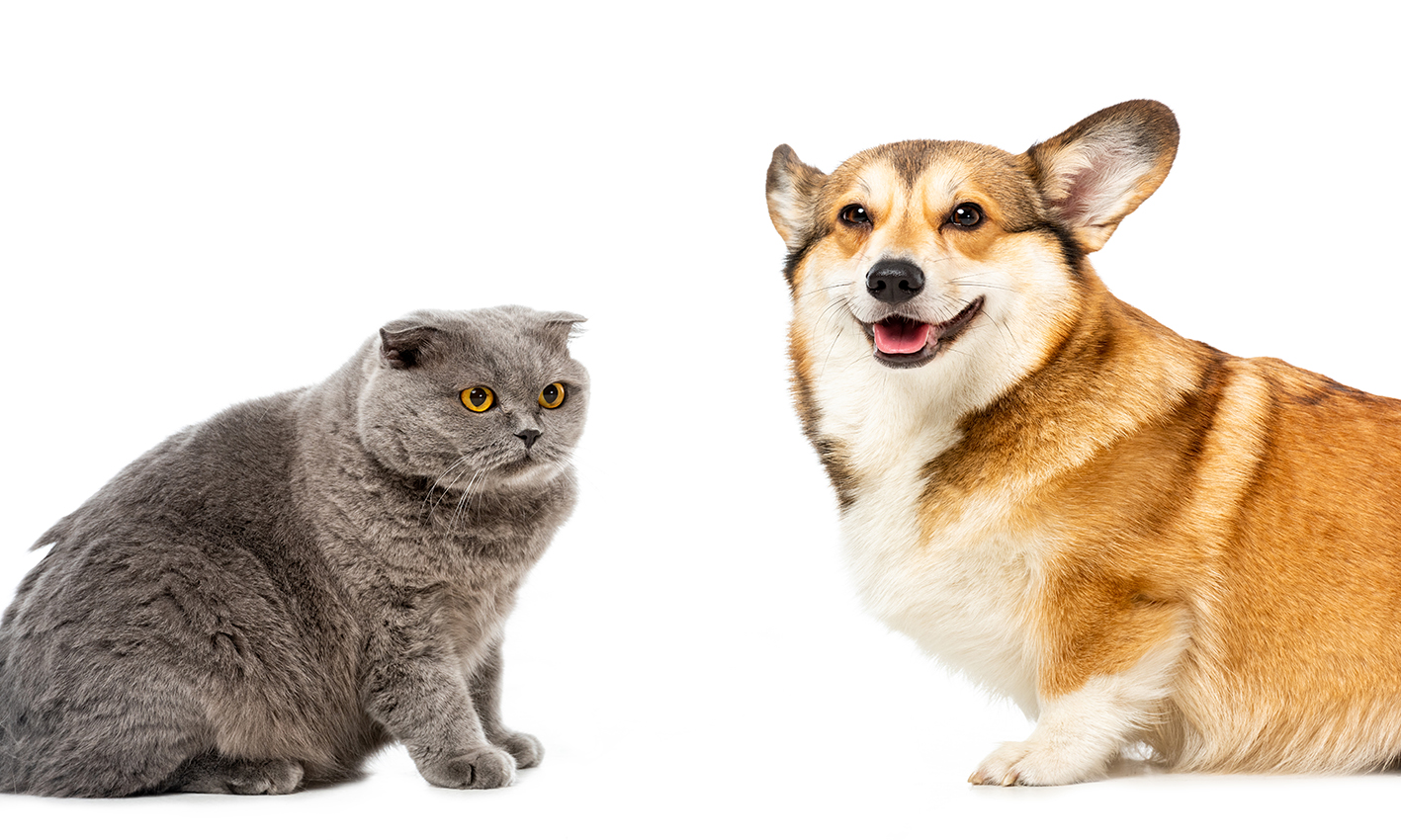Our Blog
How Zoonotic Diseases Can Affect Your Pet and You
 There’s no question that pets bring joy, laughter, and a depth of feeling to our lives that is hard to find anywhere else. Unfortunately, they can occasionally bring illness in the form of zoonotic diseases, as well.
There’s no question that pets bring joy, laughter, and a depth of feeling to our lives that is hard to find anywhere else. Unfortunately, they can occasionally bring illness in the form of zoonotic diseases, as well.
A zoonotic disease is one that can be passed from animals to people, or vice versa. Dogs, cats, horses, rabbits, birds, cattle, pigs, rodents and wild animals can all potentially spread disease to humans. Fortunately, even though there are over one hundred known zoonotic diseases in the world at large, most are not found in the United States, thanks to good hygiene and modern veterinary care.
Even though your chances of catching a disease from your pet are low, it’s important to understand the risks associated with zoonotic diseases and how you can protect yourself and your family.
Making the Most of a Visit to the Veterinarian
 A visit to the veterinarian is a reality of pet ownership and should be an important part of your experience as a caring pet owner. Whether your pet is coming in for a routine wellness exam, an ongoing health issue, or because you have specific concerns, knowing what steps to take in preparing for your pet’s visit can have a huge impact on the quality of your pet’s visit. It will also help you establish good communication with your veterinarian and the other staff members who will be interacting with your pet.
A visit to the veterinarian is a reality of pet ownership and should be an important part of your experience as a caring pet owner. Whether your pet is coming in for a routine wellness exam, an ongoing health issue, or because you have specific concerns, knowing what steps to take in preparing for your pet’s visit can have a huge impact on the quality of your pet’s visit. It will also help you establish good communication with your veterinarian and the other staff members who will be interacting with your pet.
Continue…
Essential Elements: A Spotlight on the Veterinary Technician
 When you make an appointment for your pet here at Lone Tree Veterinary Medical Center, whether it’s for a wellness exam or an ongoing health issue, your goal is to see your veterinarian and have him or her examine your pet.
When you make an appointment for your pet here at Lone Tree Veterinary Medical Center, whether it’s for a wellness exam or an ongoing health issue, your goal is to see your veterinarian and have him or her examine your pet.
But, before your trusted veterinarian enters the examination room, there is someone else who has already greeted you, asked you questions about your pet and taken notes on your pet’s history, and also checked his or her vital signs. That person is a veterinary technician, and without him or her, no veterinary hospital or clinic could function effectively. Continue…
Battle of the Bulge: Pet Obesity
Winter Pet Safety Tips
 As fall turns to winter and temperatures start to drop, let’s revisit the essential winter pet safety tips. Keeping your pets safe during the icy months is crucial for their comfort, health, and overall well-being.
As fall turns to winter and temperatures start to drop, let’s revisit the essential winter pet safety tips. Keeping your pets safe during the icy months is crucial for their comfort, health, and overall well-being.
Continue…
My Pet Ate What? GI Obstruction in Pets
 Every pet owner knows how much pets enjoy food. Unfortunately, sometimes this love of chewing and swallowing can get our pets into trouble, particularly when they ingest something inedible causing a GI obstruction.
Every pet owner knows how much pets enjoy food. Unfortunately, sometimes this love of chewing and swallowing can get our pets into trouble, particularly when they ingest something inedible causing a GI obstruction.
In many cases, something a dog or cat ate will pass through the digestive tract with little to no trouble, but this is not always true. Any object can become lodged in a pet’s gastrointestinal (GI) tract (esophagus, stomach, or intestine), creating problems at any point along the way, including, the destruction of the area of the intestines where the foreign material is lodged. Continue…
Tularemia Is Called “Rabbit Fever” For a Reason

What Is Tularemia?
Tularemia, also known as rabbit fever, is an infectious disease caused by the bacterium Francisella tularensis.
Tularemia can also be contracted by inhaling airborne bacteria, eating an infected rabbit, drinking water or food contaminated by an infected animal, or contact with contaminated grass or soil.
What Causes Tularemia?
The bacterium causing Tularemia is Francisella tularensis, and is found worldwide in a variety of wild animals, birds and insects. The most common carriers, however, are rabbits and rodents. Continue…
Oh Sugar, Sugar: Diabetes in Pets
 Diabetes is one of the leading causes of death among people in the United States, and our pets aren’t far behind in falling victim to this disease. Studies show that diabetes now affects a whopping 1 in 50 dogs and cats, and doesn’t show any signs of slowing down.
Diabetes is one of the leading causes of death among people in the United States, and our pets aren’t far behind in falling victim to this disease. Studies show that diabetes now affects a whopping 1 in 50 dogs and cats, and doesn’t show any signs of slowing down.
Because diabetes in pets is more common than most people realize, combating this disease requires education and diligence on the part of responsible pet owners. Continue…
Rabies and Pets: Know the Enemy
 Most people know that wild animals can carry rabies, but many of us don’t think it’s something that can affect our pets or us. Unfortunately, the reality of rabies is closer to home than many of us realize. The disease is present in every state (except Hawaii) and kills hundreds of pets, as well as a few humans, each year.
Most people know that wild animals can carry rabies, but many of us don’t think it’s something that can affect our pets or us. Unfortunately, the reality of rabies is closer to home than many of us realize. The disease is present in every state (except Hawaii) and kills hundreds of pets, as well as a few humans, each year.
Understanding the link between rabies and pets is key in protecting your family, both two-legged and four, from this devastating illness. Continue…
Tummy in Knots? Recognizing and Preventing Bloat in Dogs
 Few conditions can kill a dog as quickly as bloat. Although many pet owners are unaware of it, bloat in dogs is one of the most serious, and potentially deadly, pet emergencies. Understanding the signs of bloat, as well as your emergency options, are crucial in protecting your dog from this dangerous affliction.
Few conditions can kill a dog as quickly as bloat. Although many pet owners are unaware of it, bloat in dogs is one of the most serious, and potentially deadly, pet emergencies. Understanding the signs of bloat, as well as your emergency options, are crucial in protecting your dog from this dangerous affliction.
Understanding Bloat in Dogs
Bloat, also known as gastric dilation volvulus (GDV), occurs when gas and fluid cause the stomach to distend. In some dogs, this distention can cause the stomach to twist along its axis (also called torsion), cutting itself off from the esophagus and duodenum. Continue…




